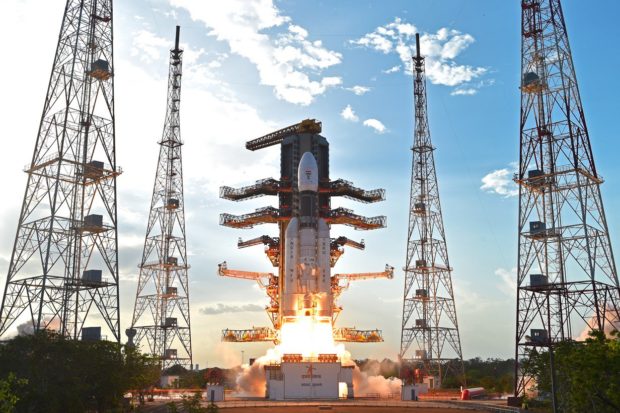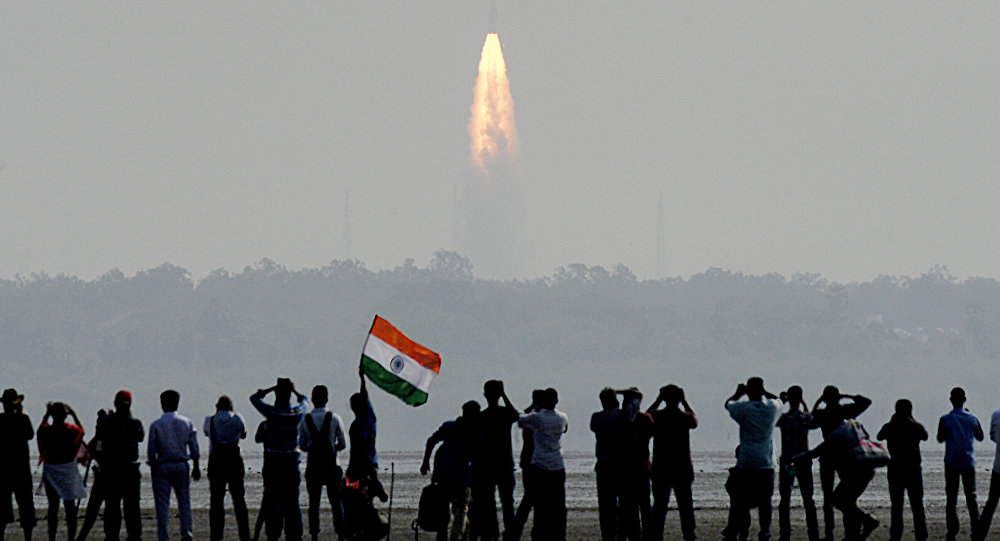India will launch ISRO’s 100th satellite along with 30 others in a single mission on January 12 from Sriharikota, in a milestone event in the country’s space history.
The Indian Space Research Organisation (ISRO) said it was “back in the game” with the launch, the first Polar Satellite Launch Vehicle (PSLV) mission after the unsuccessful launch of the navigation satellite IRNSS-1H in August last.
“The 31 spacecrafts, including weather observation Cartosat-2 series ..
PSLV-C40 will launch the 710 kg Cartosat-2 series satellite for earth observation and 30 co-passengers (together weighing about 613 kg) at lift-off on January 12 at 09.28 am, ISRO said.
It will be launched from the first launch pad of the Satish Dhawan Space Centre at Sriharikota, about 100 kms from Chennai.
The co-passenger satellites include one micro and nano satellite each from India. Three micro and 25 nano satellites from six countries namely Canada, Finland, France, Republic of Korea, UK and USA, make up the other payload.
Referring to the PSLV-C39 failure, Annadurai said ISRO had understood it and repeated tests had been conducted to ensure that such problems did not reoccur. This took slightly more time for PSLV-C40 launch. You can read more about the failure here.
On August 31, India’s mission to launch its backup navigation satellite IRNSS-1H on board PSLV-C39 failed after a technical fault on the final leg where the payload fairing was suppose to separate following a perfect launch.
ISRO then said the heat shield did not separate on the final leg of the launch sequence and, as a result, IRNSS-1H got stuck in the fourth stage of the rocket. The total weight of all the 31 satellites carried on board PSLV-C40 is about 1,323 kg.
According to ISRO, Cartosat-2 series satellite launch is a follow-on mission with the primary objective of providing high resolution scene specific spot images. Many have linked this mission tot the defense forces, but no one can tell.It carries panchromatic and multi-spectral cameras operating in Time Delay Integration mode and is capable of delivering high resolution data.
This will be the third satellite in the Cartosat-2 series. On plans for the year, Annadurai said Chandrayaan-2 was in the final stage of testing and integration of the orbiter, lander and rover, and was expected for launch this year.
Also, IRNSS-1I, a follow-on satellite will be the first satellite whose assembly, integration and testing will be fully done by private industry, he said, adding “we are enabling the private industry”. On GSAT-11, a six tonne class communication satellite, he said, was at the final leg of testing, and the launch target was April.
So do you like to read such articles , consider liking our page on Facebook here , following us on Twitter here ,or if you love some visual treatment , we make some high quality videos on YouTube as well which you can view here . have a great day :). Visit our hompage HERE for the LATEST SCIENCE NEWS.




